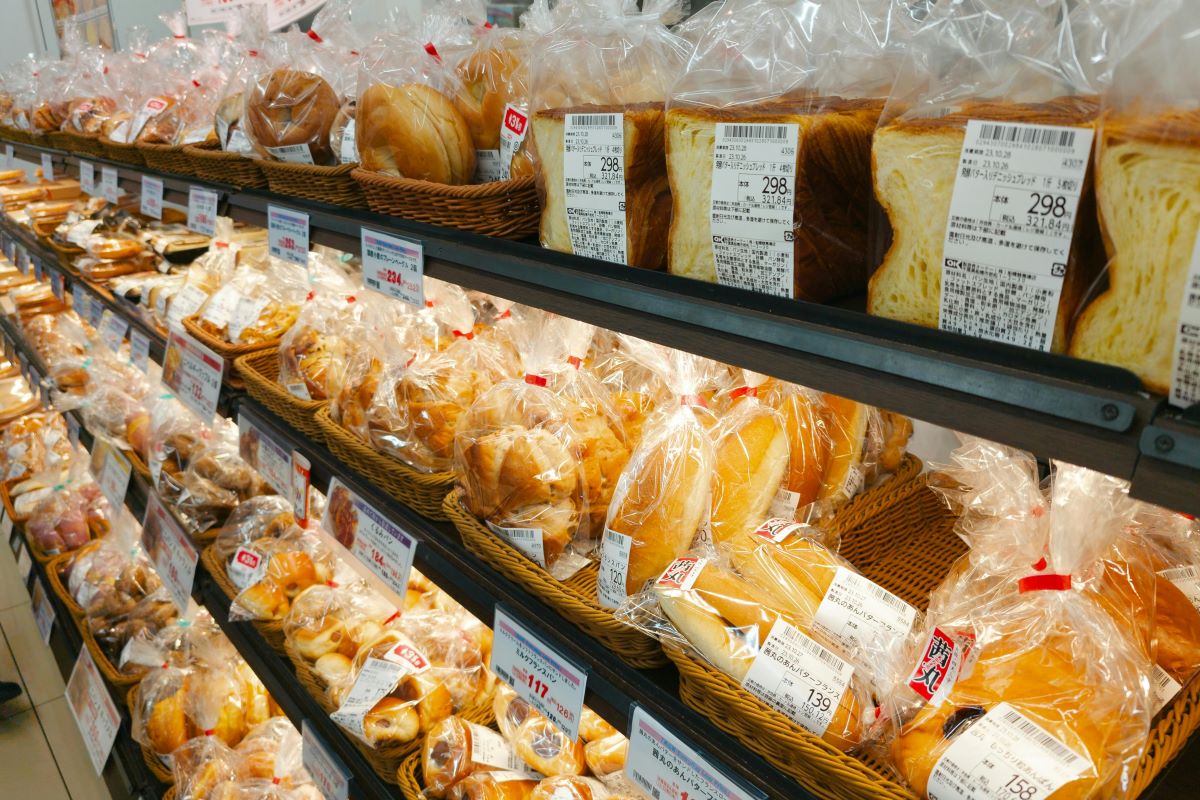Ever wondered about the “freshness” of store-bought bread? Let’s uncover the reality behind those enticing bakery aisles.
1. Processing and Shelf Life

Most store-bought bread undergoes rapid processing to extend shelf life. While convenient, this process often sacrifices true freshness for longevity.
2. Preservatives and Additives

To maintain texture and flavor, many commercial breads contain preservatives and additives. These chemicals help bread stay “fresh” longer but may compromise nutritional value.
3. Manufacturing Scale

Mass production means bread often travels long distances from factory to store, impacting its perceived freshness by the time it reaches shelves.
4. Baking Methods

Industrial baking techniques prioritize efficiency over traditional methods like sourdough fermentation, affecting the taste and texture of the final product.
5. Ingredient Quality

Not all store-bought breads use high-quality ingredients. Cheap flours and fats can contribute to a less fresh and nutritious end product.
6. Marketing Hype vs. Reality

Labels like “artisanal” or “freshly baked” can be misleading. Always check for specific baking and delivery dates to gauge true freshness.
7. Environmental Impact

Large-scale production and packaging contribute to carbon footprints. Consider local bakeries or homemade options for a more eco-friendly choice.
8. Nutritional Content

Highly processed breads may lack essential nutrients found in freshly baked, whole-grain varieties. Opt for options with whole ingredients and fewer additives.
9. Consumer Awareness

Educate yourself on bread labels and ingredients lists to make informed choices that align with your health and freshness preferences.
10. Price vs. Quality

Cheap bread isn’t always a bargain. Investing in higher-quality, locally sourced bread may offer better taste, nutrition, and overall satisfaction.
11. DIY Bread Making

Exploring homemade bread can be rewarding. You control ingredients and freshness, ensuring a truly satisfying loaf.
12. Freshness Perception

Consider bakery sections that bake on-site or deliver daily. These options often provide a more authentic fresh-baked experience.
13. Cultural Variations

Different cultures have diverse bread traditions. Explore local bakeries that celebrate these traditions for an authentic taste experience.
14. Supporting Local Businesses

Choosing local bakeries supports your community and promotes fresher, artisanal bread options with a smaller environmental impact.
15. Beyond Bread: Lifestyle Choices

Your bread choice reflects broader lifestyle preferences. Are you prioritizing taste, health, sustainability, or supporting local businesses?
Can You Taste the Difference?

Next time you reach for a loaf, ask yourself: can you truly taste the difference between store-bought and fresh-baked bread? Your choice not only impacts your taste buds but also your health and community support. What will you choose next time you’re at the bakery aisle?
The post The Truth About Store-Bought Bread: Is It Really Fresh? first appeared on Mama Say What?!
Featured Image Credit: Pexel / Markus Winkler.
For transparency, this content was partly developed with AI assistance and carefully curated by an experienced editor to be informative and ensure accuracy.





